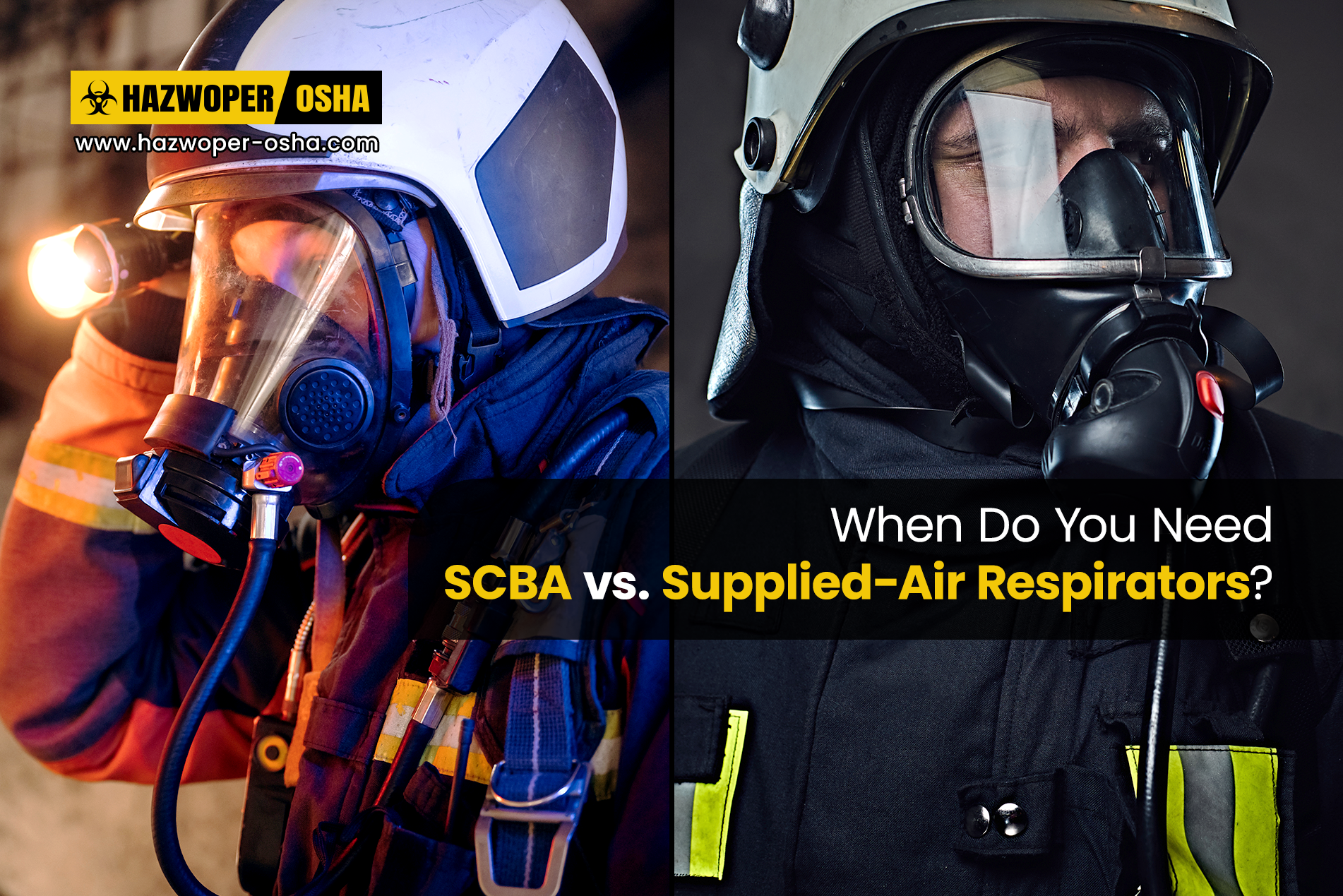The Silent Threat of Struck-by Hazards: Faurecia Emissions Penalty Case
.webp)
The rhythmic rumble of machinery, the whir of assembly lines, and the focused energy of a production floor are the hallmarks of a thriving manufacturing industry. However, beneath the surface of this controlled chaos lies a silent threat: struck-by hazards. These dangers, often overlooked or underestimated, can have devastating consequences. The recent tragic incident, such as the OSHA case involving an automotive supply company, is a poignant example. The incident resulted in the death of one of their employees.
The Human Cost of Struck-by Hazards
The case involved Faurecia Emissions Control Systems, a subsidiary of one of the World's largest automotive suppliers, facing more than $300K in proposed penalties. A young worker named Franklin Oh, who had been on the job for barely a year, lost his life after being caught in a machine that bends vehicle exhaust pipes. An investigation by OSHA revealed a shocking lapse in safety protocols, specifically a lack of proper machine guarding and inadequate training in Lockout/Tagout (LOTO) procedures.
This incident is not an isolated tragedy. Struck-by hazards are a leading cause of workplace injuries and fatalities in manufacturing.
According to OSHA, struck-by incidents account for roughly 13% of all manufacturing fatalities and countless non-fatal injuries each year.
These are not just statistics; they represent lives shattered and families forever impacted.
Delving Deeper into The Faurecia Case
The Faurecia incident exposed a critical failure in safety protocols. The machine that claimed the young worker's life lacked proper guarding. It is a fundamental safety measure that isolates moving parts and prevents accidental contact.
Furthermore, the investigation revealed a lack of training in LOTO procedures. LOTO is a systematic approach to protecting workers from hazardous energy sources. It equips individuals with the knowledge and skills essential to safely control energy sources during maintenance and servicing of machines and equipment. Without proper LOTO training, workers are unaware of the latent hazards associated with energized equipment and may unknowingly put themselves at risk during routine tasks.
Understanding Struck-by Hazards
Manufacturing facilities are rife with potential hazards. Workers navigate a complex ecosystem of moving parts, heavy machines, and industrial vehicles, all with the inherent risk of causing blunt force trauma, crushing injuries, or even amputations. Struck-by hazards encompass a broad spectrum of threats:
1-Falling Objects:
From tools and materials haphazardly stored at height to loose components dislodged from machinery, falling objects pose a significant risk. An incorrectly positioned wrench or a malfunctioning conveyor belt can quickly become a lethal projectile.
2-Moving Machines:
Unguarded machinery parts, malfunctioning equipment, or unexpected activation during maintenance procedures can all lead to worker contact with moving components. It can cause entanglement, crushing, or shearing injuries.
3-Industrial Vehicles:
Forklifts, pallet jacks, and other industrial vehicles are essential for transporting materials within a facility. However, operator error, obstructed views, or blind spots can lead to collisions with workers on foot, resulting in serious injuries or fatalities.
The consequences of struck-by hazards can be life-altering. Beyond the immediate physical trauma, these incidents can have a devastating ripple effect on families, communities, and the overall morale of the workforce.
Elevate Your Safety Culture
While OSHA emphasizes the importance of LOTO procedures, our comprehensive OSHA Lockout Tagout (LOTO) Training program goes far beyond the basics. It is the ultimate shield against struck-by hazards in your manufacturing facility.
Here is why our program stands out:
- Goes Beyond Compliance
Standard OSHA LOTO focuses on meeting the minimum legal requirements. Our program offers a comprehensive approach, equipping workers with complete knowledge and skills. Our course content complies with OSHA regulations and includes practical examples that help the workers understand and mitigate struck-by hazards. It translates into a safer work environment and fewer accidents. - Flexible Learning Formats
We offer the LOTO Training in a variety of different formats. Our online training format is the best option if you wish to enroll individually. If you intend to take this training in a group format, we have virtual Instructor-led Training and on-site Instructor-led Training for smaller and larger groups.
Apart from the above learning formats, we also offer SCORM, which enables you to integrate this training within your LMS and train your employees at your convenience and feasibility.
A Manufacturer's Responsibility
The Faurecia case is a stark reminder of the critical role that manufacturing companies play in ensuring worker safety. It goes beyond simply complying with OSHA regulations. It demands a proactive commitment to creating a culture of safety where:
Safety is a Core Value
Management prioritizes safety as a core value, integrating it into all aspects of operations, from training and procedures to performance evaluations.
Regular Safety Audits
Facilities conduct regular safety audits to identify and address potential hazards before incidents occur.
Employee Involvement
Workers are actively involved in safety discussions, encouraged to report unsafe conditions, and empowered to stop work if they feel unsafe.
Continuous Improvement
Manufacturers should continuously strive to improve safety protocols based on best practices, emerging technologies, and lessons learned from incidents.
Conclusion
Manufacturing companies can significantly reduce the risk of struck-by incidents and create a safer working environment for employees by prioritizing safety and fostering a culture of awareness and responsibility.

 EN |
EN |  ES
ES

























































































































